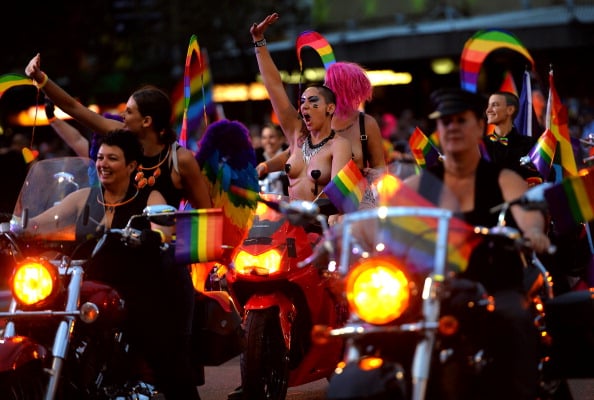With one week to the 2016 Mardi Gras, it’s time to sit the test: how well versed are you in the LGBTIAP vernacular?
Spoiler alert: if you’re not even sure what ‘LGBTIAP’ means, it’s a sign to read on.
It has been spectacular to watch in recent years as our non-straight community has expanded our language of ‘gay’ or ‘straight’ to encompass the myriads of subsets; including lesbian, gay, bisexual, transgender, intersex, transgender and so many more.
So leading into the 2016 Mardi Gras festival, so you can show your support for the community, we’ve decoded some of the terms you might be hearing.
